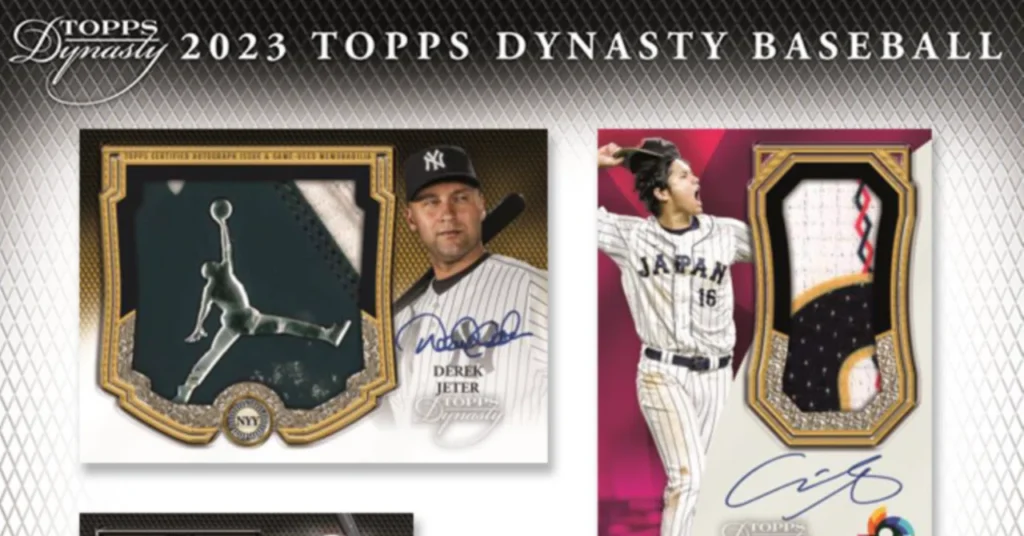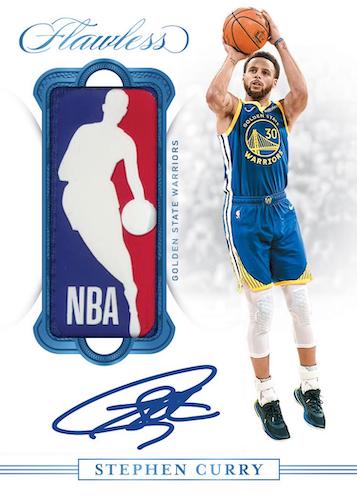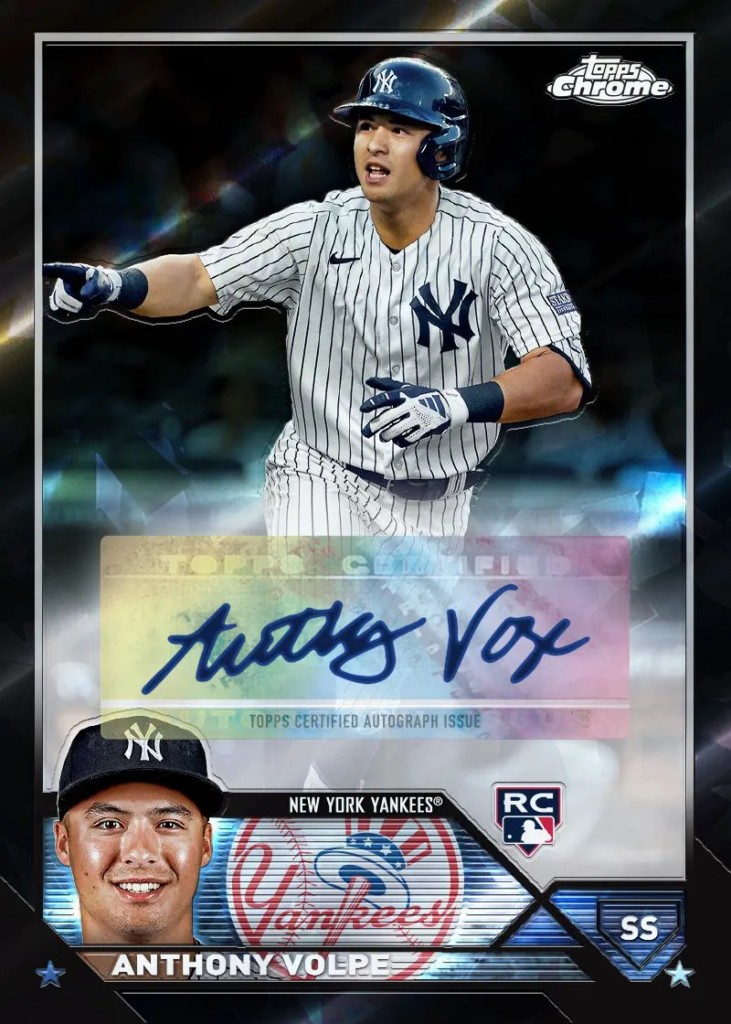

Sports trading cards, once a simple hobby for fans and collectors, have evolved into a dynamic and thriving industry, capturing the hearts of enthusiasts worldwide. These collectible treasures, initially introduced over a century ago, are now considered valuable artifacts, with some fetching prices that rival fine art. What started as tobacco packaging inserts in the 19th century quickly became a vital part of popular culture, evolving alongside the athletes, teams, and sports they represent. Over the years, the scope of sports trading cards has expanded beyond baseball to encompass basketball, football, soccer, hockey, and even esports, with collectors eager to invest in both nostalgic and modern cards.
While the passion for sports cards remains a constant, the world of collecting has transformed drastically with the advent of technology, new materials, and innovative designs. Today, cards aren’t just about nostalgia; they’re about investment potential, rarity, and the artistry behind each product. From limited-edition autographed cards to those featuring embedded pieces of jerseys or even gemstones, the value of sports trading cards has reached new heights.
At Sanseking, we specialize in offering sports cards OEM solutions and premium protection gear to ensure your collection is preserved and displayed in the best possible way. We understand that your cards aren’t just pieces of paper or cardboard—they’re part of your legacy. In this comprehensive guide, we’ll delve into the evolution of sports trading cards, provide essential tips on protecting your collection, and help you understand the best ways to maximize the longevity and value of your cards. We’ll also explore card sizes, protective solutions, and give you insider advice on how to maintain your precious collection for years to come.
The history of sports trading cards dates back to the late 19th century, beginning with their use as promotional tools in the tobacco industry. Cards were initially included in packs of cigarettes as a way to attract customers, providing an additional value to the product. These early cards were often printed with images of baseball players, showcasing the sports stars of the time. As their popularity grew, the cards evolved into standalone collectibles that became synonymous with the sport itself.
By the early 1900s, the cards transitioned from promotional tools to a significant part of sports culture. Major brands such as Topps and Upper Deck entered the market, creating cards that were not only designed for collecting but also to celebrate the athletes and teams that fans adored. These early cards, while highly sought after today, were often printed in large quantities and lacked the rarity and value that modern collectors now seek.
With the rise of other sports, including basketball, football, and hockey, the market for trading cards expanded beyond just baseball, leading to the birth of new brands and product lines that would cater to fans of all types of sports. By the late 20th century, trading cards had become a serious investment, with some cards selling for millions of dollars in auctions.
In the 21st century, the world of sports trading cards has seen dramatic changes, driven by advancements in technology, design, and the demand for unique, limited-edition products. Today, sports trading cards are not just about the athletes themselves—they represent an entire ecosystem of collectors, investors, and enthusiasts who cherish the rarity and prestige that comes with owning certain cards.
Autographed Cards: One of the most notable innovations in the world of sports cards is the introduction of autographed cards. By incorporating signatures from athletes themselves, these cards became a bridge between fans and their idols, transforming a standard card into a highly coveted item. Autographed cards are typically more valuable than non-autographed versions, and some of the rarest autographed cards have sold for record-breaking prices.
Relic Cards: Another game-changer for the sports card industry was the advent of relic cards. These cards feature embedded pieces of authentic jerseys, balls, or other equipment used by the players. The inclusion of these items adds an extra layer of rarity and personal connection to the card. Collectors flock to these cards, as owning a piece of a player's gear brings them closer to the athlete and the sport itself.
Limited Editions and Serial Numbers: The modern card industry places a high value on rarity, which is why the introduction of limited-edition cards with serial numbers has been a game-changer. Cards that are printed in small quantities or have specific production numbers are highly sought after by collectors and investors alike. As a result, the most limited cards often appreciate in value, sometimes exponentially, over time.
New Materials and Designs: As technology has evolved, so have the materials and designs used in sports cards. Some modern cards are infused with rare materials, such as gemstones, gold, or holographic finishes, making them highly unique and visually striking. These innovations have elevated sports cards from simple memorabilia to high-end collectibles that appeal to a wide range of investors, from casual hobbyists to seasoned collectors looking to diversify their portfolios.
While the modern sports card industry is more lucrative than ever before, it also comes with increased responsibility. For collectors, maintaining the condition of their cards is paramount. A single scratch, bend, or discoloration can dramatically reduce a card's value, and even slight damage can lower the price by as much as 50% or more. This is why proper protection is crucial.
Sports cards aren’t just collectibles—they’re investments. A single scratch or bend can slash a card’s value. That’s why card sleeves and hard cases are non-negotiable. Whether you’re storing vintage Topps Baseball cards or modern Panini Prizm inserts, the right protection ensures longevity and value retention.
Pro Tip: Pair sleeves with acid-free storage boxes for maximum protection against humidity and UV damage.

























































[Insert image: Topps Heritage card in retro sleeve]



















As collectors ourselves, we design products that blend precision and durability. Our sports cards OEM solutions include:
Whether you’re safeguarding a 10rookiecardora10rookiecardora10,000 autographed gem, proper protection is key. By matching sleeves to your cards’ specs, you preserve their condition—and their potential ROI.
Explore Sanseking’s full range of sports card sleeves and magnetic holders today!


